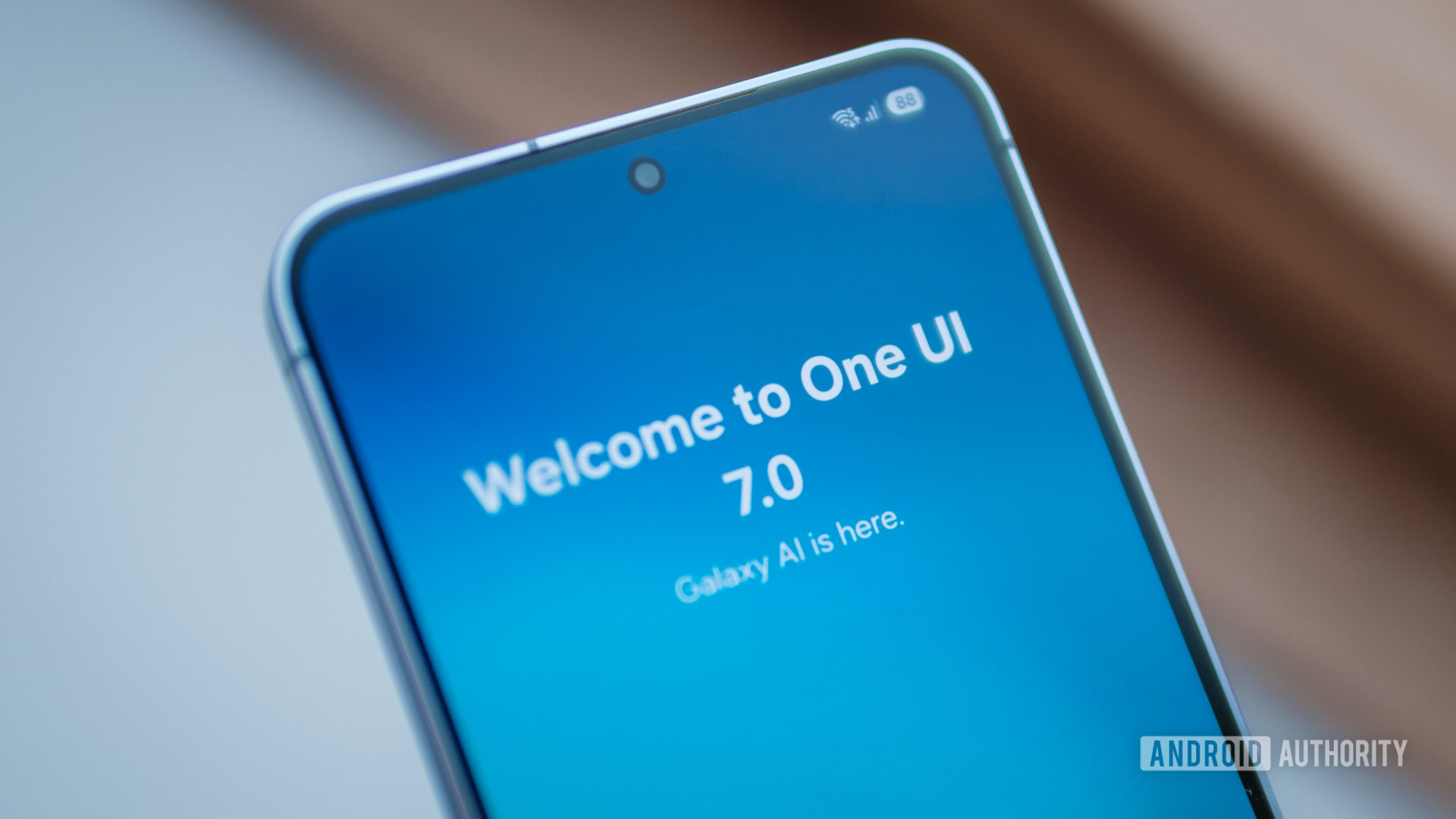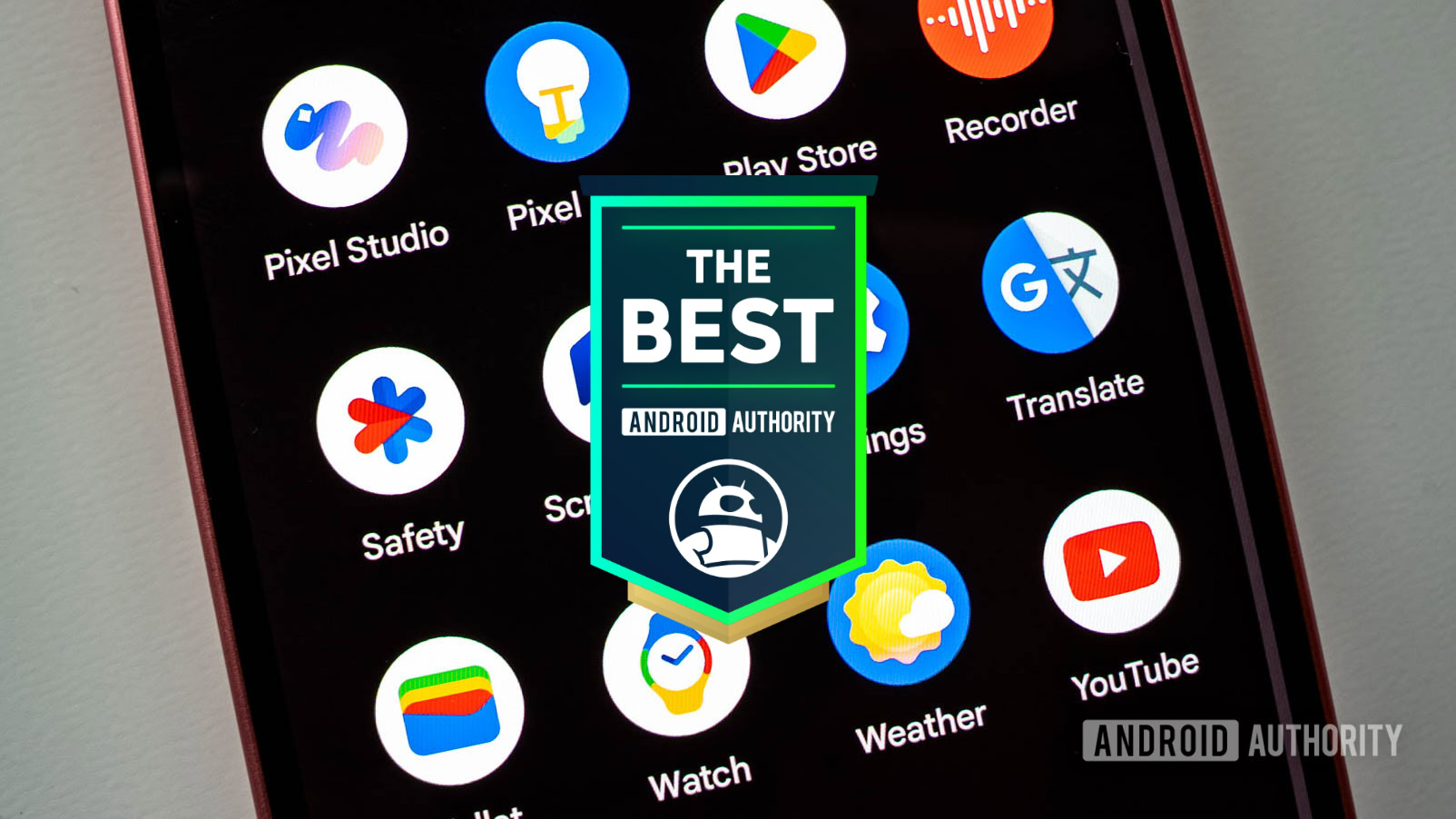Rich Communication Services (RCS) was introduced as a successor to traditional SMS (Short Message Service) and MMS (Multimedia Messaging Service), promising a modern, feature-rich messaging experience that can rival popular apps like iMessage, WhatsApp, and Messenger.
Apple resisted jumping on the RCS bandwagon for the longest time, but after a lot of pressure from industry peers and users, RCS messaging is now part of the new iOS 18 update. The change marks a significant shift in how cross-platform communication is handled on Apple devices. In this article, we’ll dive into RCS messaging, its benefits, and how iPhone users can enable and use it with the iOS 18 update.
What is RCS Messaging?
RCS was designed to enhance SMS and MMS and offer a more interactive messaging experience. It was first developed by the Global System for Mobile Communications (GSMA) and is now supported by several carriers and phone manufacturers, making it a more capable alternative to SMS. With RCS support now available on iOS 18, iPhone users can seamlessly interact with Android users using the advanced messaging features listed below:
- Read receipts: Like iMessage on iPhone and WhatsApp, RCS messaging supports read receipts, so you know when your messages have been read.
- High-quality media sharing: RCS will allow iPhone users to share images, videos, and audio clips in high resolution with Android users, as opposed to the compressed versions sent over SMS/MMS.
- Typing indicators: iPhone and Android users talking to each other can now see when someone is typing a response.
- Group chats: Users can now easily create group chats with enhanced capabilities, such as adding or removing participants without disrupting the message thread.
- Security: While some RCS services support end-to-end encryption, this is not universal across all providers. As of now, RCS messages between iOS and Android do not support end-to-end encryption (E2EE), but that could change in the future.
How to Enable RCS on iPhone with iOS 18
Apple has historically prioritized its proprietary iMessage platform. However, thanks to constant nagging from Google, nudges from various regulatory authorities, and requests from iPhone as well as Android users, the company finally caved and decided to adopt RCS. With iOS 18, Apple has put an end to the debate once and for all. That said, iPhone users will still see green bubbles when they receive an RCS message from Android users. Here’s a step-by-step guide on how to enable RCS on your iPhone after updating to iOS 18:
- Ensure Your Carrier Supports RCS: Before enabling RCS on your iPhone, it’s essential to check that your mobile carrier supports the RCS protocol. Many carriers in the US and worldwide now support RCS, but the rollout can vary depending on the region and network. You can head to Settings > General >About > Carrier/Network Provider on your iPhone to check for RCS support. When you tap the Carrier/Network Provider, the IMS status will change to Voice, SMS & RCS. If your carrier does not have RCS support, you’ll only see Voice $ SMS as the IMS status.
- Update to iOS 18: To access RCS messaging, your iPhone should be running iOS 18 or later. You can check for software updates and download iOS 18 by heading to General > Software Update.
- Enable RCS Messaging: Once iOS 18 is installed, you’ll need to enable RCS in your messaging settings. Head to Settings > Apps > Messages. Under Text Messaging, you’ll see a toggle for RCS Messaging. Turn on this toggle.
iMessage vs RCS: Key differences
While RCS opens up a whole new world of communication between iPhone and Android users, there are still some key differences between iMessage and RCS. You might want to use one or the other based on these differences.
Platform: iMessage is exclusive to Apple devices, whereas RCS is a cross-platform messaging protocol.
Encryption: iMessage messages are end-to-end encrypted, which means they are secure against a third party reading them while they’re sent between devices. However, RCS messages between Android and iOS users are not yet protected by the same encryption.
Delivery mechanism: iMessage is an internet-based service that delivers your messages via Apple’s servers. RCS, on the other hand, is a carrier-based service. Apple warns that user identifiers are exchanged for your carrier and their partners to authenticate your device and provide a connection for RCS messaging. “These identifiers could include but are not limited to your IMEI, IMSI, current IP address, and phone number. Your current IP address might also be shared with other RCS users,” the company notes.







 English (US) ·
English (US) ·